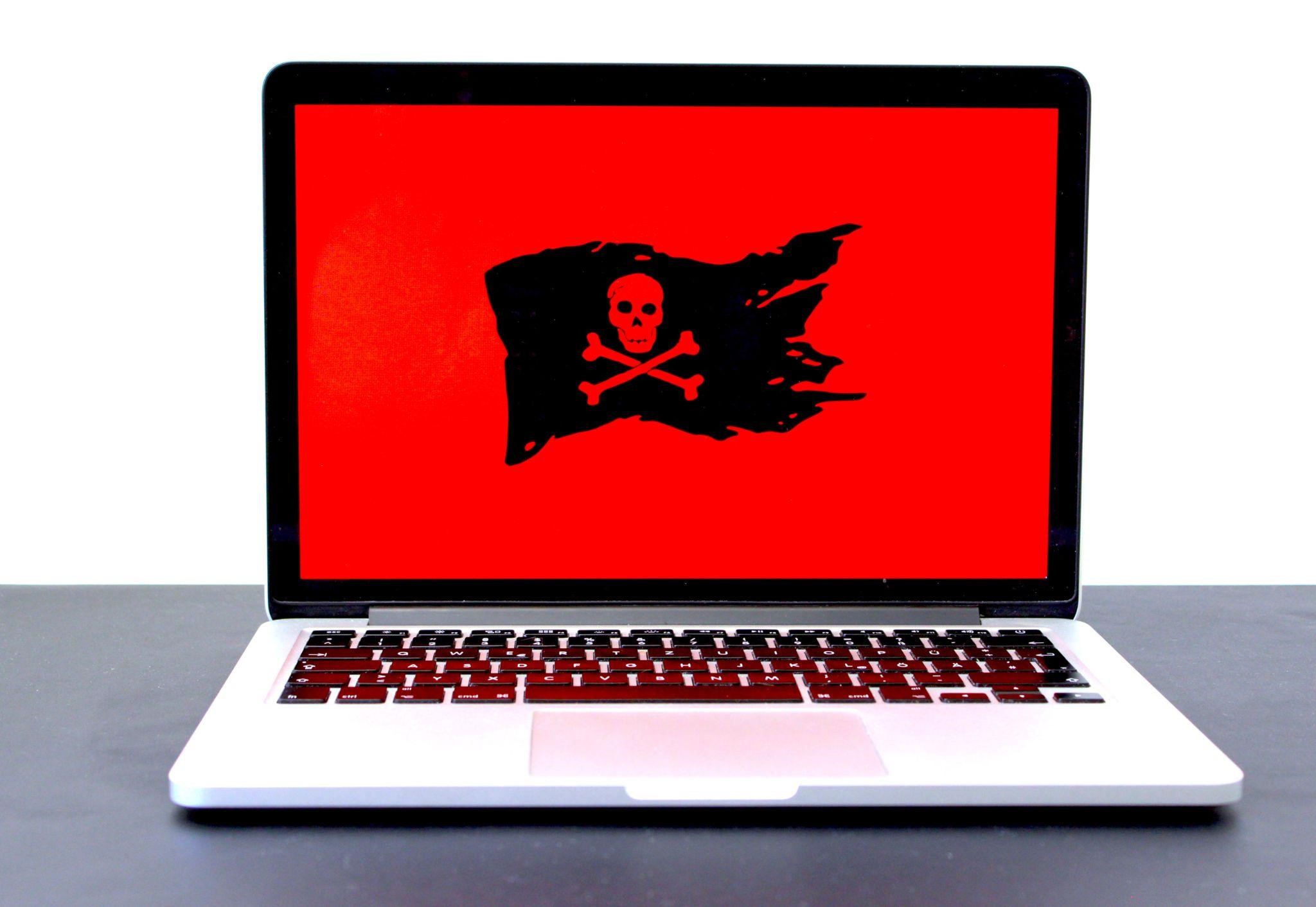Are you doing all you can to stay safe from ransomware attacks? This is as good a time as any to ask yourself this question.
According to the Secureworks 2021 State of the Threat report, ransomware is the major cybersecurity threat for most organizations. More than a threat to personal devices, ransomware has become a costly and disrupting problem for organizations worldwide.
Read on to learn more about ransomware, why it’s so dangerous, and how to protect yourself against it.
What Is Ransomware?
Ransomware is a type of cyberattack in which malicious software restricts access to a device, system, or data. In return for access, cybercriminals demand a ransom. While ransomware has usually targeted individuals, now organizations have become likely targets as well.
Breaking into an organization’s network and stealing data is more challenging than infecting a personal computer. But cybercriminals have much more to gain from it as well.
The data extortion that Brenntag, a German-based chemical distribution company, underwent in May this year is a case in point. The DarkSide ransomware gang encrypted data and threatened to leak GBs of stolen data. Brenntag agreed to pay a $4.4 million ransom in Bitcoin in return for the files.
The same gang made the Colonial Pipeline Company shut down the pipe that carries almost half of the fuel used on the East Coast. And pay a 75 bitcoins ransom (over $4 million) to restore access to their network.
Organizations perceive groups harbored or sponsored by other states as a major threat. But ransomware attacks can be carried out by less organized cybercriminals too.
More than data loss, ransomware can undermine an organization’s image and hurt its reputation. It can cripple its systems and operations. For example, the 2021 cyber attack on a Belgian hospital forced the hospital to redirect patients to other facilities.
In 2021, significant ransomware attacks have targeted all major industries. Government organizations have been most affected, followed by education, healthcare, services, and technology organizations.
Types of Ransomware
Ransomware can take many forms, from simple malware-infected software or media downloaded from the internet to surreptitious network injections. In most cases, cybercriminals threaten to destroy data, publish it online, or sell it to other parties.
According to the State of the Threat report, Linux-based attacks targeting virtual machines have been on the rise. Cybercriminal groups have been using these attacks to target enterprises, which have the money to pay large ransoms.
Cyberattacks can also use DDoS attacks to put pressure on targets and associates by disrupting their traffic. They may do this before or after the ransomware attack.
Business email compromise (BEC) attacks can be used as part of a ransomware attack too. Targeted email attacks involve the hacking or spoofing of business email addresses to transfer money or leak data.
Cyber Attackers may also steal customer data from company servers and threaten to leak it unless they receive a ransom. This type of ransomware attack can be especially damaging because of the credibility the business may lose.
Credential harvesting, botnet operators, and crypto-jacking are other strategies cybercriminals use to extract ransoms.
How to Prevent Ransomware
While ransomware can be dangerous, it’s important to remember that there’s a lot you can do to protect yourself. Whether you want to safeguard your personal data or company data, a few essential strategies can help. The best way to prevent ransomware is to take a proactive stance on cybersecurity.
Patch and Update
Keep your security software and all your apps and programs across devices up to date. Enabling automatic updates is often the easiest way to get security patches as soon as they are available. Unpatched apps and systems remain a big gateway for cyberattackers.
Use Multi-Factor Authentication
Multi-factor authentication adds a strong layer of defense against account hacks and many different types of attacks. Many services, apps, and systems provide it.
Use a VPN
Masking your IP address and online activity by using a VPN can help both individuals and organizations be less visible online. It can add yet another layer of defense against cybercrime.
Manage Access Rights
Closely managing access rights is crucial to limiting vulnerabilities in an organization. Organizations are only as safe as their weakest link in the network.
Monitor and Detect
Continuous monitoring of networks and digital assets helps ward off threats before they can infect your systems. While security software often helps monitor personal devices, organizations may need a more hands-on approach. Having a security team that can watch out for threats may be necessary.
The Bottom Line
Ransomware attacks cost more than money. They cost time, undermine reputations, and can disrupt operations. Simply being online puts you at risk whether you’re a private user or an organization. Every business hit by it didn’t think it would happen to them until it did. That’s why it’s crucial to take the threat seriously and invest in protection technologies such as a VPN.

“Proud thinker. Tv fanatic. Communicator. Evil student. Food junkie. Passionate coffee geek. Award-winning alcohol advocate.”


